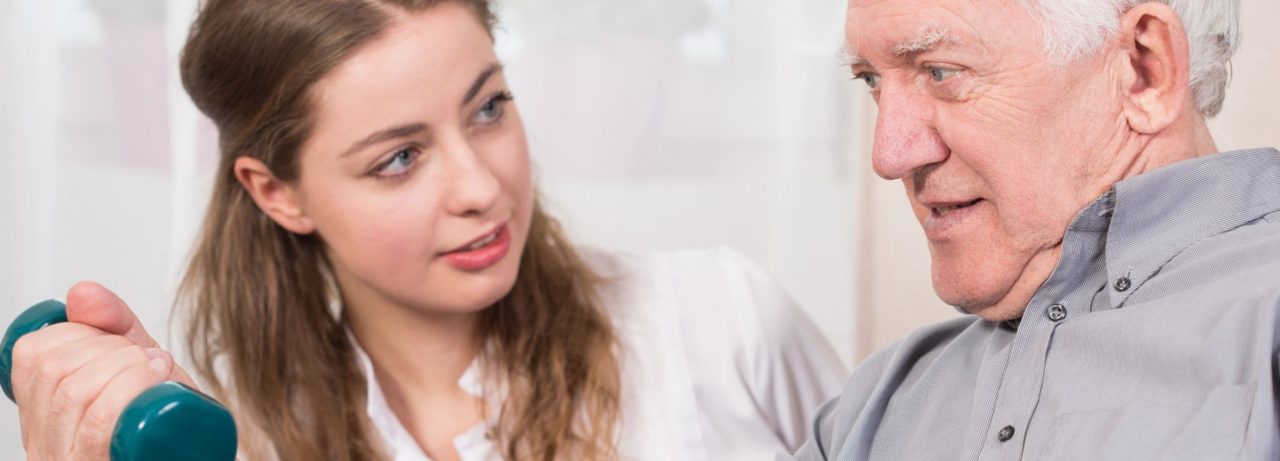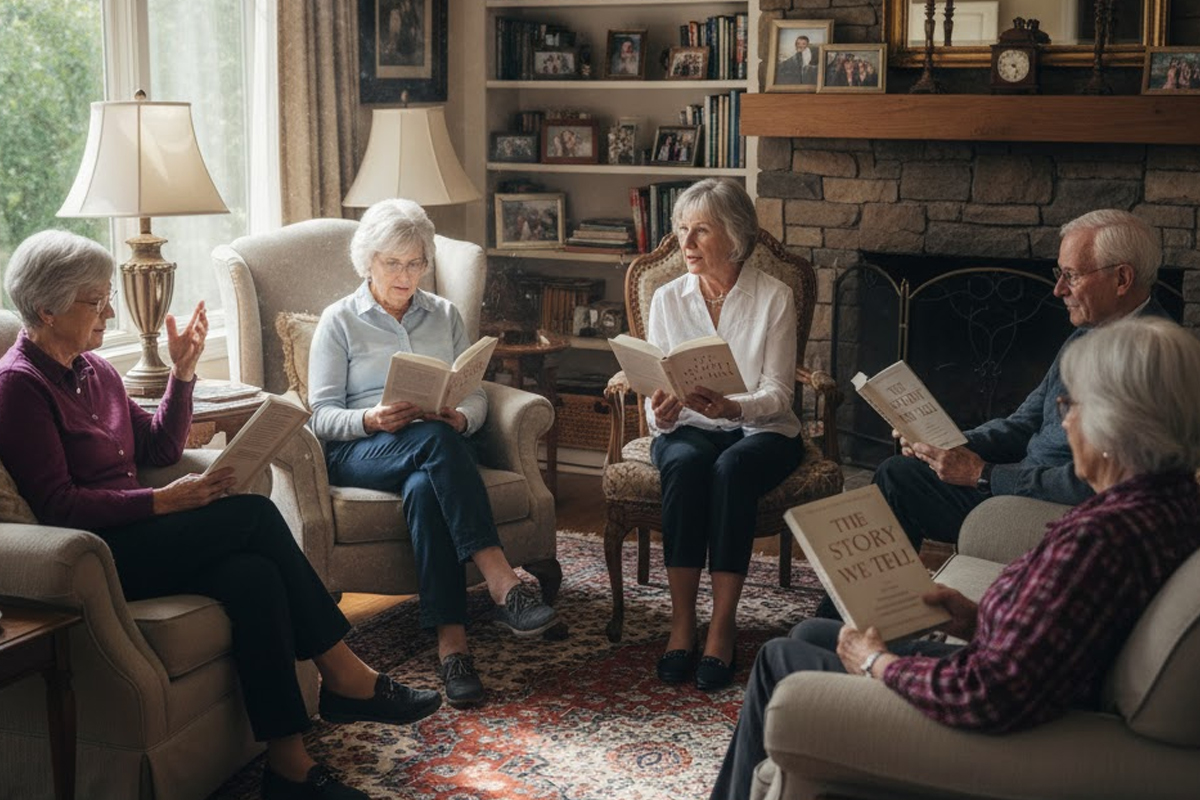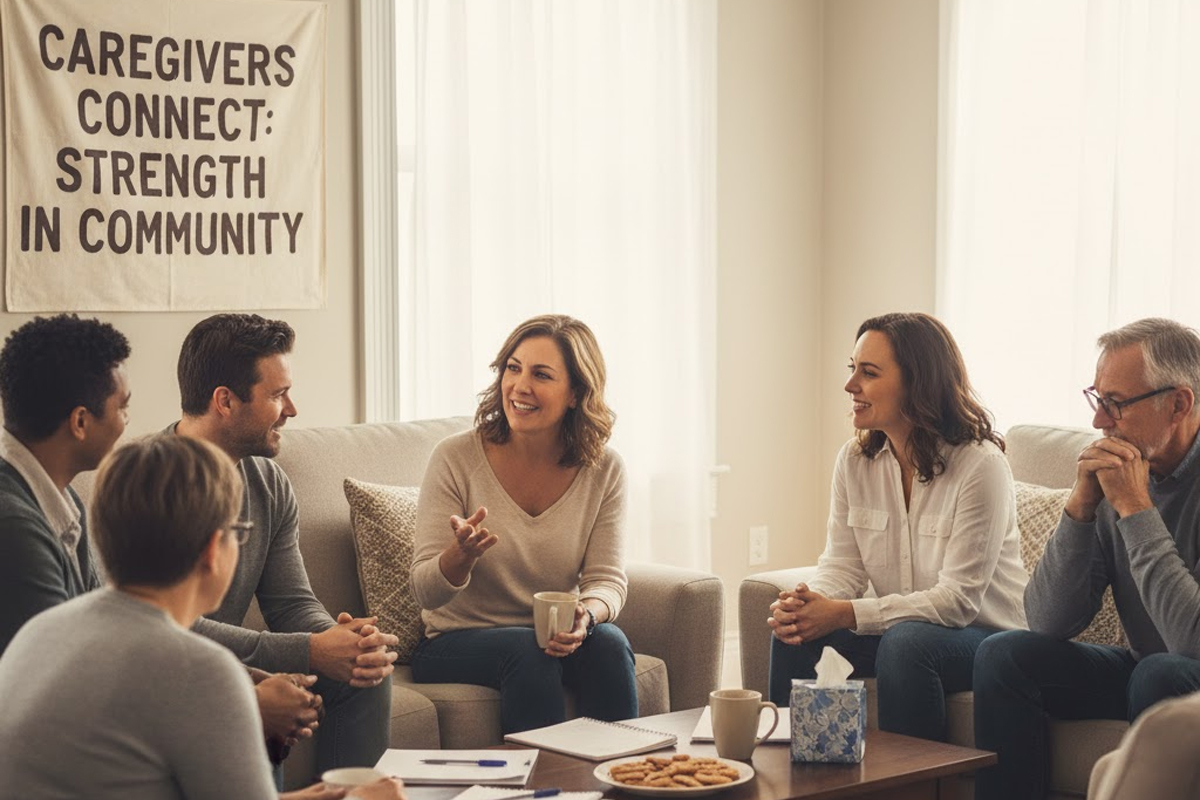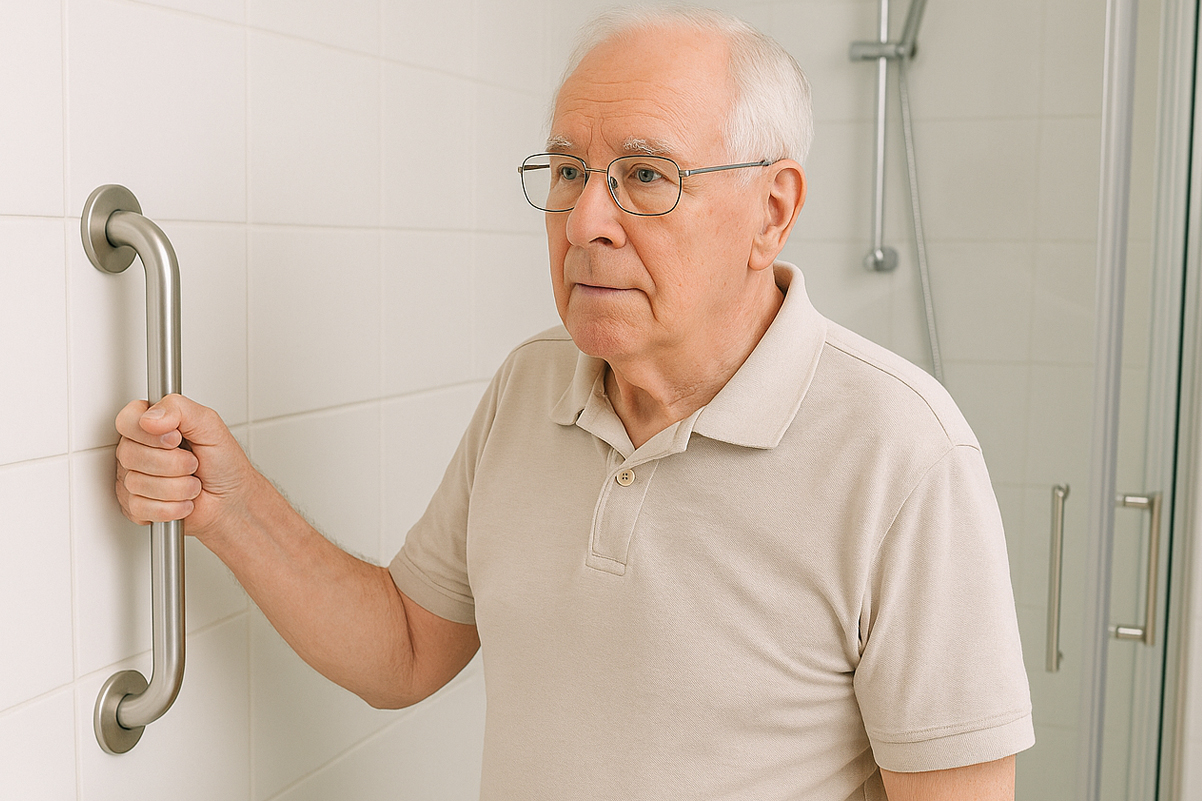Share
Falls and their resulting injuries are a major concern for our senior loved ones. We can attribute most falls to gradually declining strength, balance, and mobility because of inactivity. The good news is this is preventable with daily exercise.
Depending on the state of your loved one’s health and fitness level, some common, easy-to-do exercises can help improve mobility.
We have a roundup of the top 10 exercises chosen to help seniors improve their mobility, fitness and reduce the risk of a fall. It is recommended that you check with your loved one’s doctor about their ability to handle such exercises before attempting them. It may be that your loved one will need the aid of a caregiver or friend to properly manage these exercises without risk of injury.
Easy Exercises for Seniors
Water aerobics:
Exercising in the water is a brilliant choice for anyone living with arthritis and other forms of rheumatic disease.
The buoyancy of the water eases stress on the joints and simulates natural resistance, eliminating the need for weights. Water aerobics exercises help improve your loved one’s strength, mobility, and balance with little stress on the body.
Resistance bands:
These are elastic strips of rubber that provide resistance during workouts while reducing stress on the body. Resistance bands are ideal for solo home exercise routines.
Simple resistance band exercises include:
- Leg press
- Triceps press
- Lateral raise
- Bicep curls.
These exercises help strengthen your elderly loved one’s core, improving their mobility, posture, and balance.
Walking:
Walking is among the easiest, least stressful forms of exercise senior citizens can try. Walking helps promote a healthier lifestyle, strengthens core muscles, and improves mobility.
Single-leg Standing Exercises:
These exercises improve mobility by allowing your loved one to practice balance. This way, they build strength in the thighs, as well as all the muscle groups associated with maintaining balance.
Weight Training:
Strength training using weights has been shown to help manage symptoms of back pain, muscle loss, and mobility challenges. Weight training exercises, if performed following proper precautions, allow seniors to isolate and strengthen specific muscle groups, improve mobility and balance.
Back Stretches:
Regular back stretches may help prevent injury and improve range of motion. Try the yoga back stretch called upward-facing dog:
Squats are simple exercises that strengthen the core, hips, glutes, and hamstrings, improving mobility, balance, and coordination.
Tai Chi:
Tai chi is a low-intensity exercise that trains balance and flexibility. This exercise is also a great mental health exercise that helps with relaxation and focus.
Yoga:
These exercises are a structured practice of regular stretching and posing. Yoga helps build muscle, improve flexibility, balance, and mobility.
Back Leg Raises:
This exercise helps strengthen your loved one’s lower back muscles and glutes, essential for good mobility and posture.
Remember, part of finding the right exercise regimen should include consultations with a physician to ensure your elderly loved one is healthy enough for exercise. Need help implementing the plan? Consider hiring a caregiver to support your loved one with these exercises. Caring Home Care has a nurse registry that can match you or your aging loved one with a certified aid based on specific needs.
Start a Book Club for Seniors: Connecting Through Stories and Shared Experiences Reading has always been one of life’s greatest joys. For many older adults, books can be a comforting companion, a doorway to new worlds, and a way to keep the mind active. Starting a senior book club is a wonderful way to bring
Build a Caregiver Support Network: Finding the Help and Encouragement You NeedCaring for a loved one is one of the most meaningful and selfless things you can do. But being a family caregiver can also be emotionally, physically, and mentally draining. Whether you’re new to caregiving or have been doing it for years, building a
The Role of Respite Care: Supporting Caregivers and Seniors Caring for an aging loved one is an act of love, patience, and dedication. However, even the most committed caregivers need time to rest, recharge, and take care of their own needs. This is where respite care for caregivers plays a vital role. By offering temporary
Prevent Falls at Home: Safe Home Tips for Seniors Falls are one of the most common causes of injury for older adults. In fact, falls often lead to broken bones, head injuries, and a loss of independence. The good news is that with the right steps, fall prevention for seniors is possible. By making a
Need A Caregiver? Fill Out Form Below
With our competitive rates, we make receiving in-home care affordable regardless of whether you’re using your insurance or paying out of pocket.







